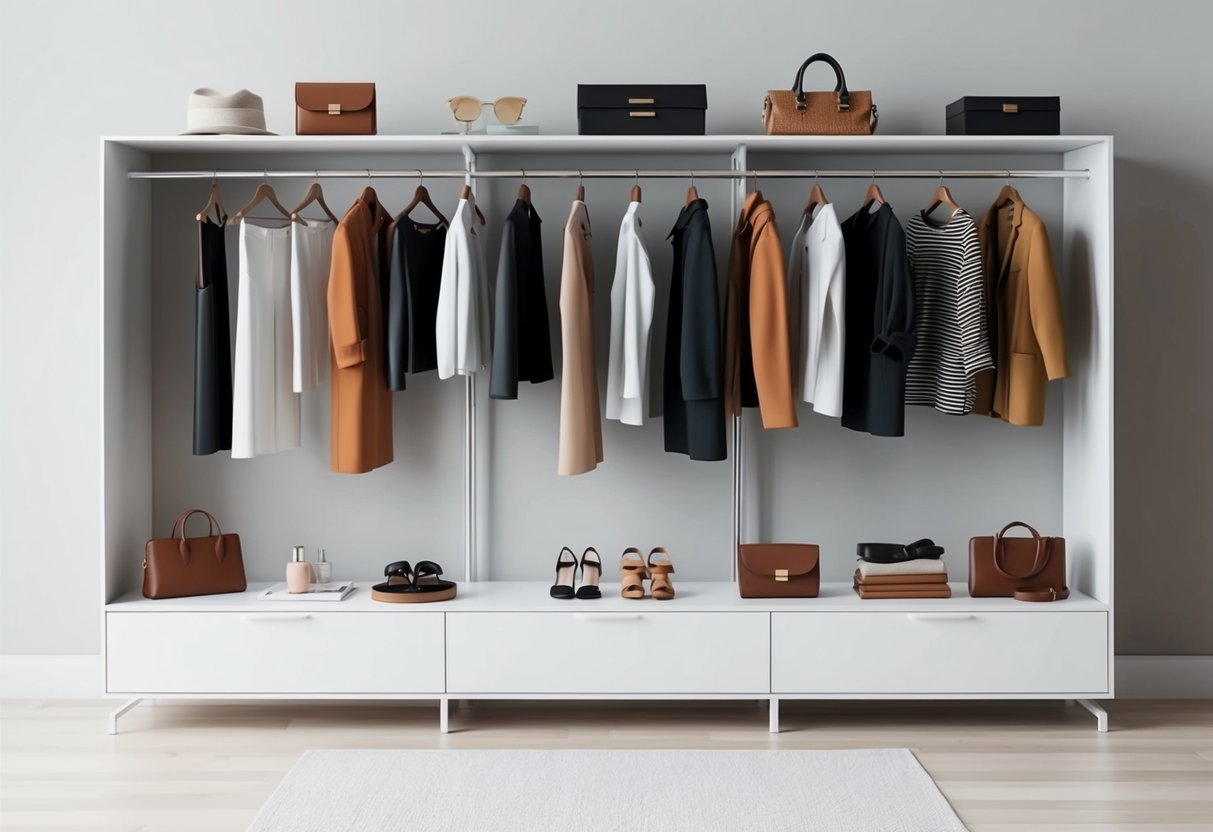
Choosing Clothes That Fit Your Body Type
Clothing that suits one’s body type is vital for enhancing confidence and expressing self-respect. The right fit highlights natural features and ensures comfort in social and professional settings.
Recognizing Body Shapes
Understanding body types is the foundation of finding clothes that truly fit. Common body shapes include rectangle, pear, apple, inverted triangle, and hourglass.
A rectangle body tends to have an even bust, waist, and hip measurement. Pear shapes highlight hips wider than the shoulders, while apple shapes carry more weight around the midsection.
Inverted triangles have broader shoulders, and the hourglass shape displays a balanced bust and hips with a defined waist. Recognizing these body types helps men and women understand which features to accentuate or downplay.
People who dress for their actual shape experience increased self-respect and poise. Resources like this guide to dressing for your shape offer more details and examples.
Selecting Flattering Silhouettes
Selecting silhouettes that complement body type is central to a confident personal style. Pieces should follow natural body lines and provide a tailored, but not restrictive, fit.
For example, individuals with an hourglass figure benefit from fitted waists, while those with a rectangle frame may add shape with belted tops or structured jackets.
Tips for flattering fits:
- Choose clothes that skim the body rather than hang loosely.
- Opt for A-line skirts or fit-and-flare dresses for curvy hips.
- Highlight shoulders with tailored blazers or boat neck tops if shoulders are narrower.
- Avoid shapeless or overly loose items, as they can diminish the impact of a carefully chosen silhouette.
A focus on fit helps boost comfort and assurance. For a deeper exploration, see this advice on styling clothes for body type.
Mastering the Art of Layering
Layering adds depth and dimension to personal style, making outfits feel dynamic and polished. By using an intentional approach to colors, materials, and silhouette, anyone can create visually interesting looks while staying comfortable in changing weather.
Combining Textures and Fabrics
Mixing different textures and fabrics is a foundational strategy for elevating an outfit through layering. Start by pairing smooth materials like cotton or silk shirts with heavier, textured items such as wool, tweed, or denim jackets.
This contrast creates dimension and avoids a flat, monotonous look. To increase both comfort and visual interest, experiment with layers like knits over crisp button-ups or leather atop lightweight linen.
Stick to two or three main fabrics in one outfit to keep the combination cohesive. Use accessories—think scarves, hats, or belts—in varying materials for subtle layering accents.
A table can help visualize fabric pairing ideas:
| Base Layer | Mid Layer | Outer Layer |
|---|---|---|
| Cotton Tee | Wool Cardigan | Denim Jacket |
| Silk Blouse | Knit Sweater | Leather Coat |
| Linen Shirt | Cotton Vest | Tweed Blazer |
Letting each layer peek through at sleeves or collars builds outfit complexity.
Layering for Different Seasons
Seasonal layering focuses on comfort and versatility while adapting to changing weather. In colder months, use thermal underlayers, medium-weight knits, and a sturdy coat.
Choose breathable fabrics that offer insulation without bulk, like merino wool or performance fleece. Spring and fall require lighter layering to balance temperature shifts.
Combine t-shirts or thin shirts with an open cardigan or light jacket. Opt for removable layers so the outfit stays functional throughout the day.
Summer layering relies on airy fabrics such as cotton, linen, or open-weave knits—try wearing a loose overshirt or a vest for added style without overheating. Effective layering lets each clothing piece serve a functional and aesthetic purpose.
With practice, anyone can create versatile and season-ready looks by making small tweaks to their base layers and outerwear.



